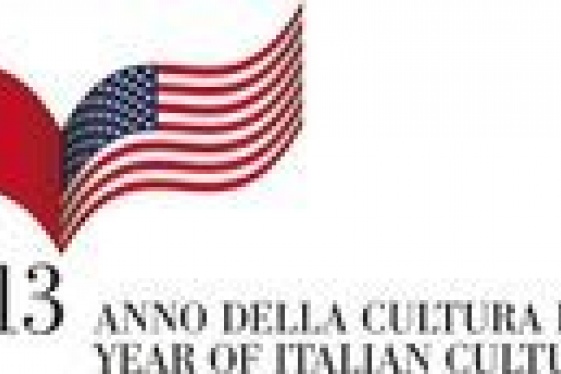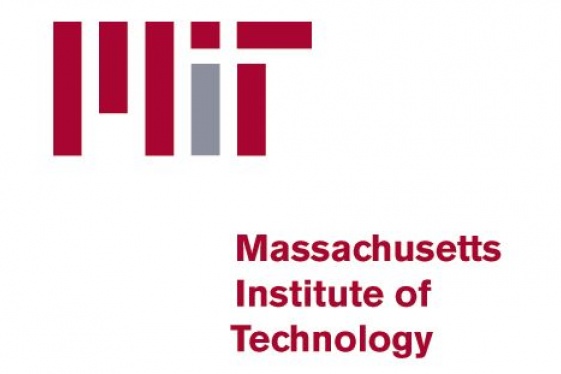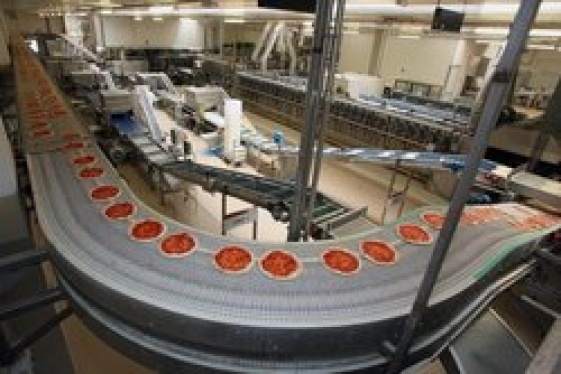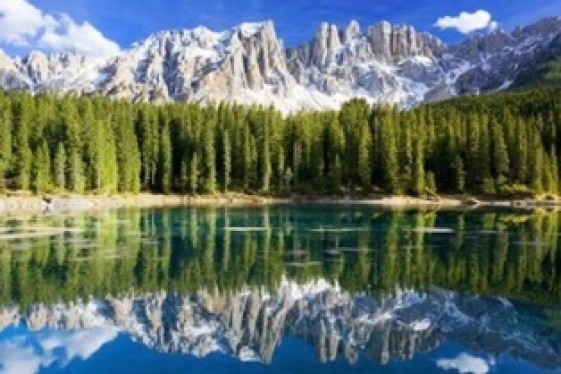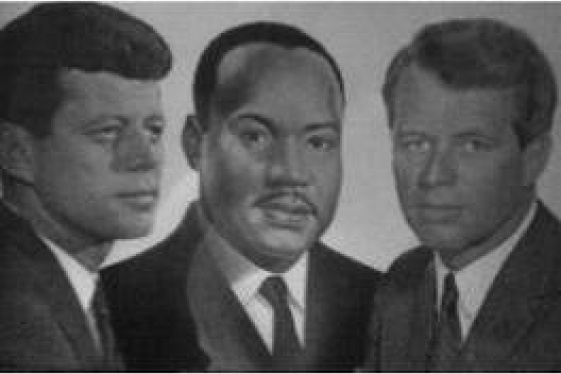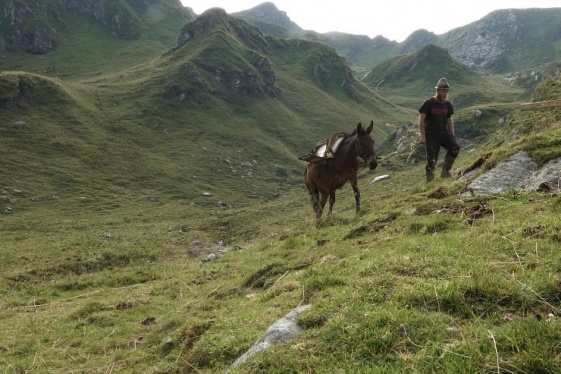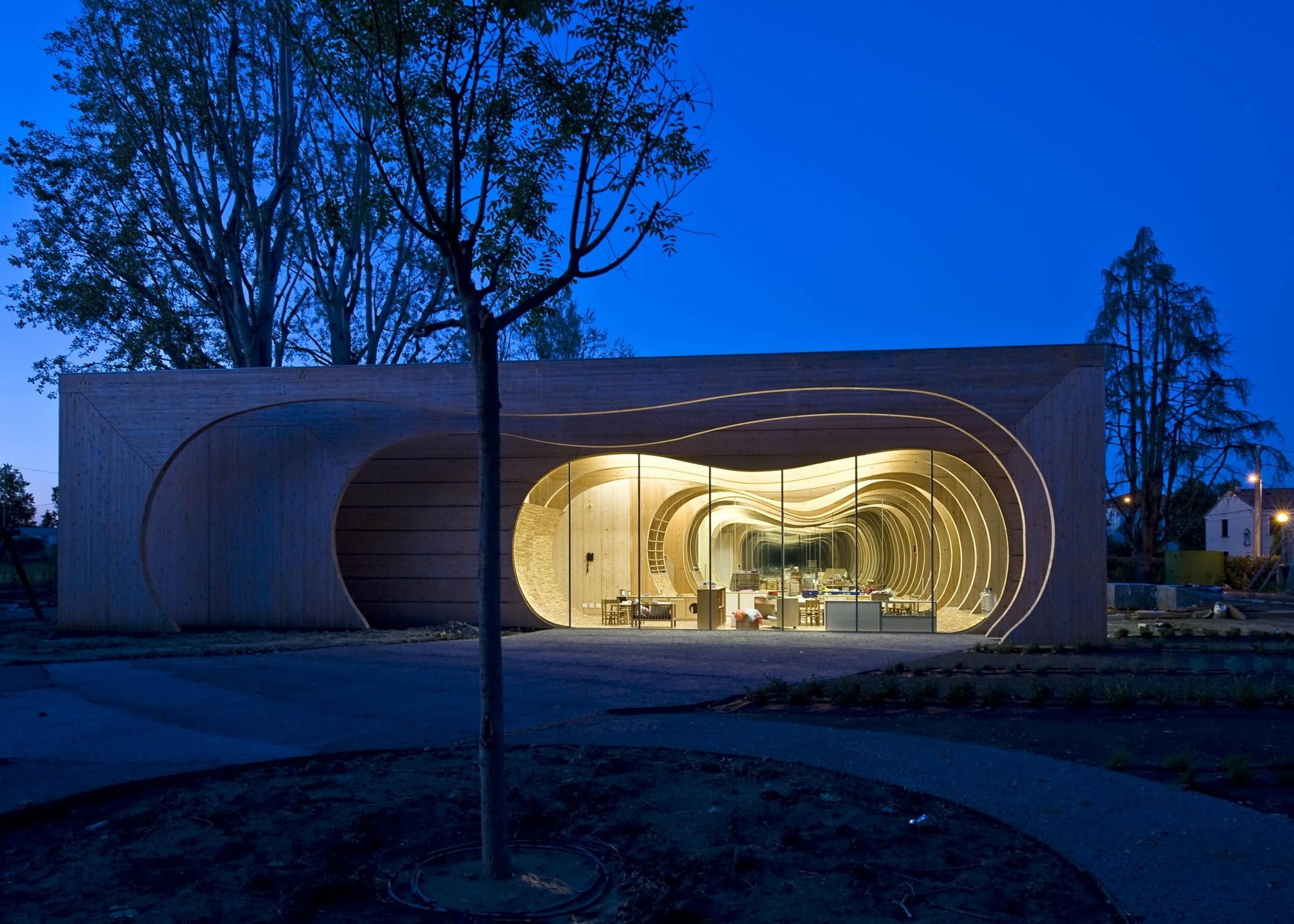

In 2016 the exhibition “Empatia Creativa. Milano metropolitana: cinque cantieri di Mario Cucinella Architects” (Creative Empathy. Underground Milan: five sites by Mario Cucinella Architects), in partnership with the Triennale, recounted the five projects underway in the Lombard capital, conceived in a sustainable way and destined to change the skyline of the metropolitan city. Five stories, five clients, five projects signed by the international architecture studio Mario Cucinella Architects that wanted to present an idea for the Milan of the future, a metropolis that grew in harmony with the needs of citizens and with nature.
The projects on display included two company offices - the new Unipol Group Management Centre and the Coima office - both in the Porta Nuova area; two hospitals - the City of Health and Research in Sesto San Giovanni and the project for the New Surgical and Urgency Centre for the San Raffaele Hospital - and finally the Art Museum, built inside a private building in Corso Venezia.
A year later, Cucinella delivered to the Emilia Romagna region 5 works aimed at restoring secondary services in the areas affected by the 2012 earthquake, including the splendid cultural center of Bondeno and the Casa della Musica in Pieve di Cento.
These initiatives were organized by Arcipelago Italia, a project coordinated by Cucinella that aims to intervene in earthquake sites, and which is currently working with the SOS (School of Sustainability). Arcipelago Italia becomes the occasion to give a new centrality to the expressions of the quality of architecture, which cannot ignore the empathy with the places, preferring the right measure to the grandiose gestures and taking into account the feasibility of the project. The reflection - explains the architect - develops starting from the scientific reading of the territory on the basis of four transversal drives: architecture and landscape; infrastructure; society; economy". Cucinella is one of the few Italian architects to believe in something very clear: technology. And precisely for this reason he has a vision that does not correspond to that of science fiction imagery, which tends to see it in exclusive terms of iron and glass.
His vision was told with a slide in his first lessons: a camel, with an antenna to be located with GPS, which carried on its back a solar panel that was used to cool a mini fridge with medicine. The camel was in fact the companion of a doctor who moved between the villages in the desert to bring care and, indeed, medicines and vaccines not deteriorated by the heat.
An example, therefore, in which ancient and modern technologies coexist, without too many problems of formal coherence, in order to pursue the result with the maximum use of intelligence and the minimum use of means. In this sense, Cucinella's main lesson is that technology is a method of survival, of using resources. A method, not a style. If he will succeed in introducing this way of reasoning in Italy, you will see that he will become our most important architect.
We can currently learn about his projects and the advancement of the vision of Arcipelago Italia in the Italian Pavilion of the Venice Biennale, of which the architect is the curator.
You may be interested
-
A Week in Emilia Romagna: An Italian Atmosp...
The Wine Consortium of Romagna, together with Consulate General of Italy in Boston, the Ho...
-
Emanuele: cervello d'Italia al Mit di Boston
Si chiama Emanuele Ceccarelli lo studente del liceo Galvani di Bologna unico italiano amme...
-
Il Console Generale Usa: su turismo e seta s...
In mattinata ha incontrato il sindaco di Como, Mario Lucini, assieme all'assessore Gisella...
-
Small and Medium Enterprises as the Italian...
by Claudia Astarita A recent study on 120 artisan SMEs of excellence – conducted...
-
The Italian Heritage Society of Indiana Lect...
Sunday, November 23 - 2 pmWhen: Sunday, November 23, 2014 2:00-4:00 pm Where: UL 1126 in t...
-
'Crimebuster', Lou Dematteis: "Se il papà ita...
"I miei nonni vengono tutti dall’Italia, sono emigrati tra il 1903 e il 1910. Entrambi i m...
-
'Freedom Fighters', i Kennedy e la lotta per...
John F. Kennedy, Robert F. Kennedy, Martin Luther King. Tre figure iconiche di quel moment...
-
'It's not a job, it's a disease': Italy's reb...
“I feel much more comfortable here under the rain, wet and cold than in an apartment in th...



